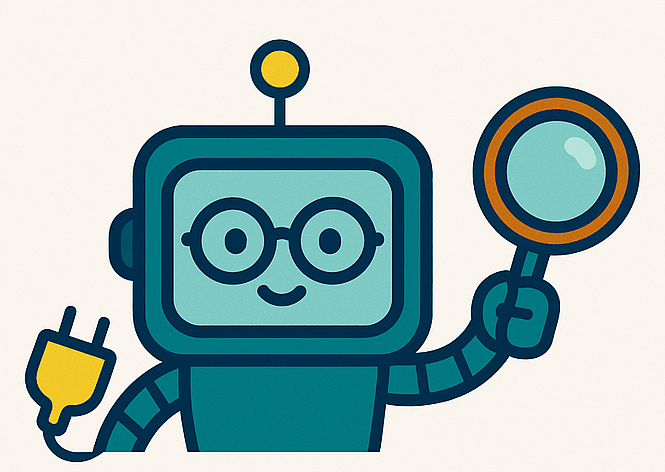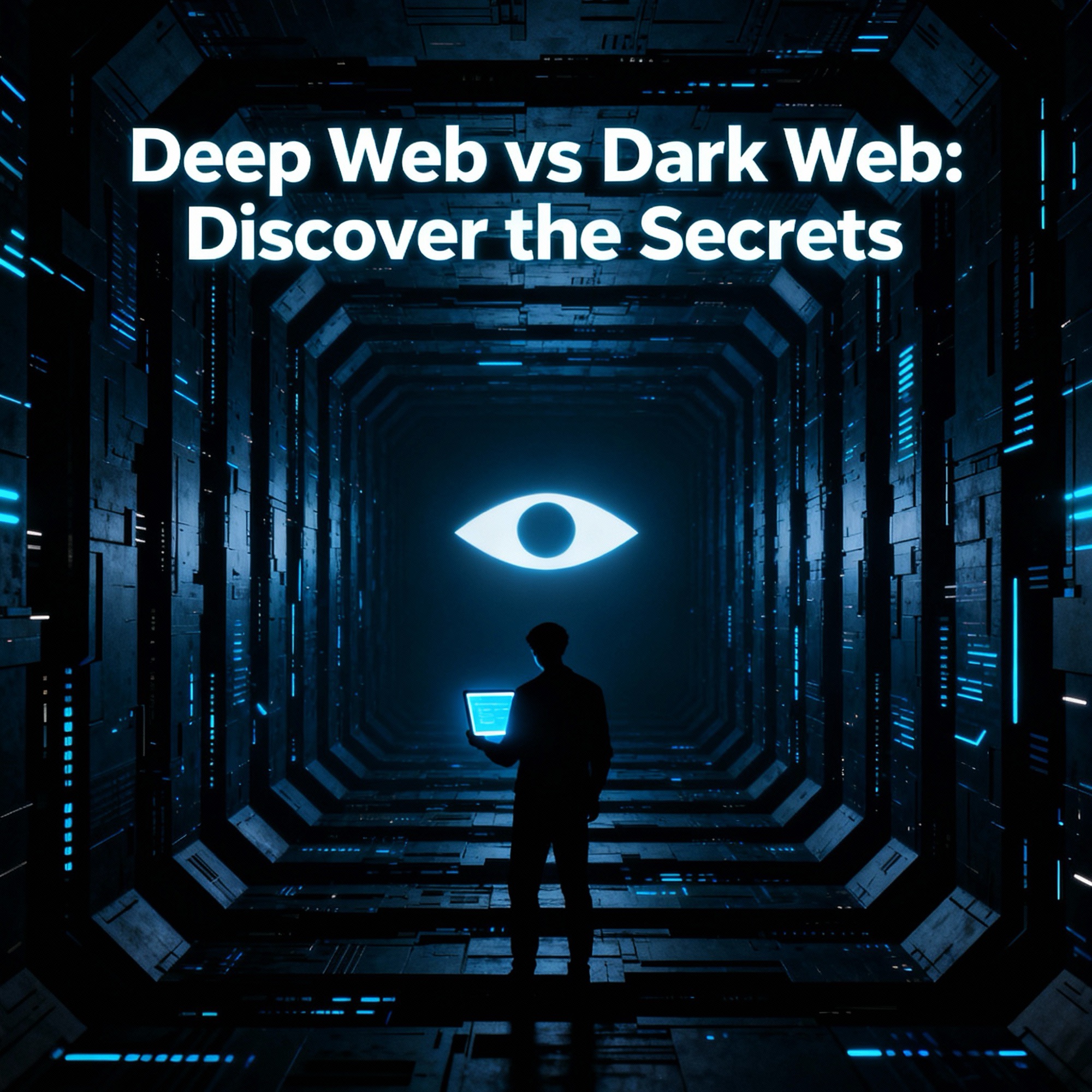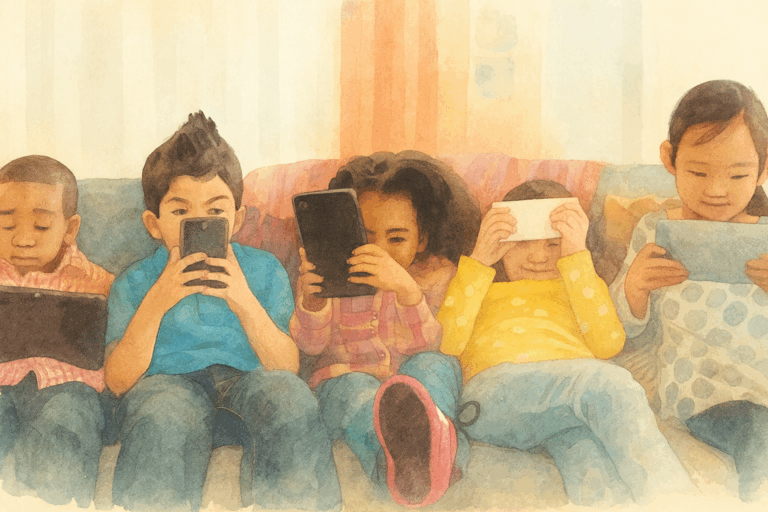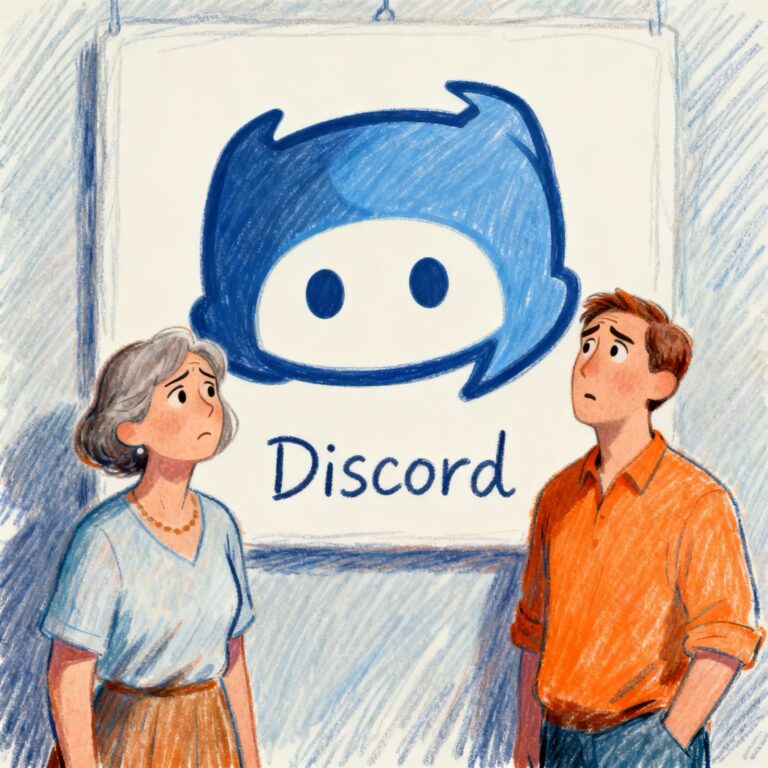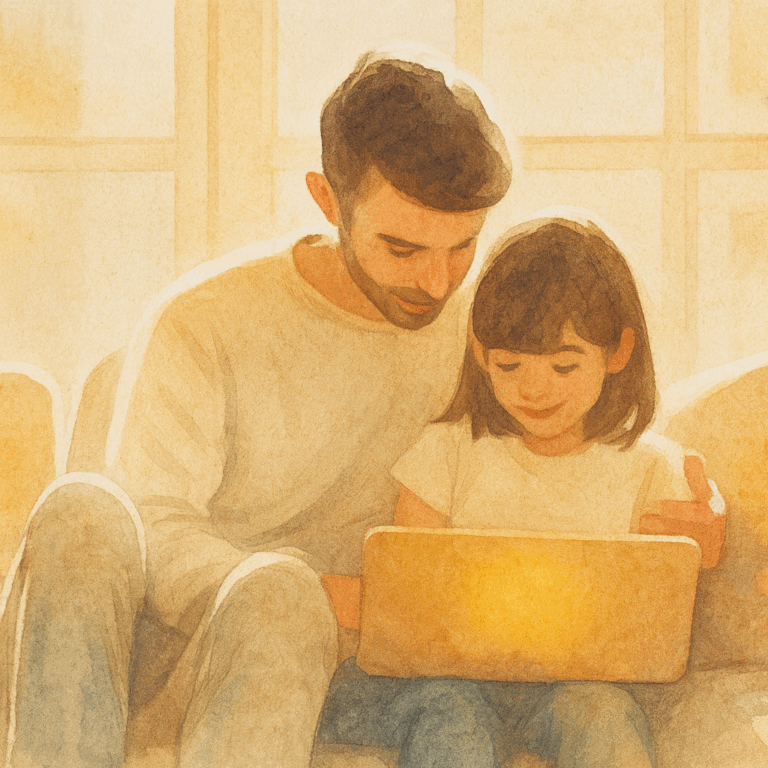Understanding the Deep Web vs. the Dark Web: What Parents Need to Know
Understanding the Deep Web and the Dark Web: What Parents Need to Know
By Richard · Understand Tech
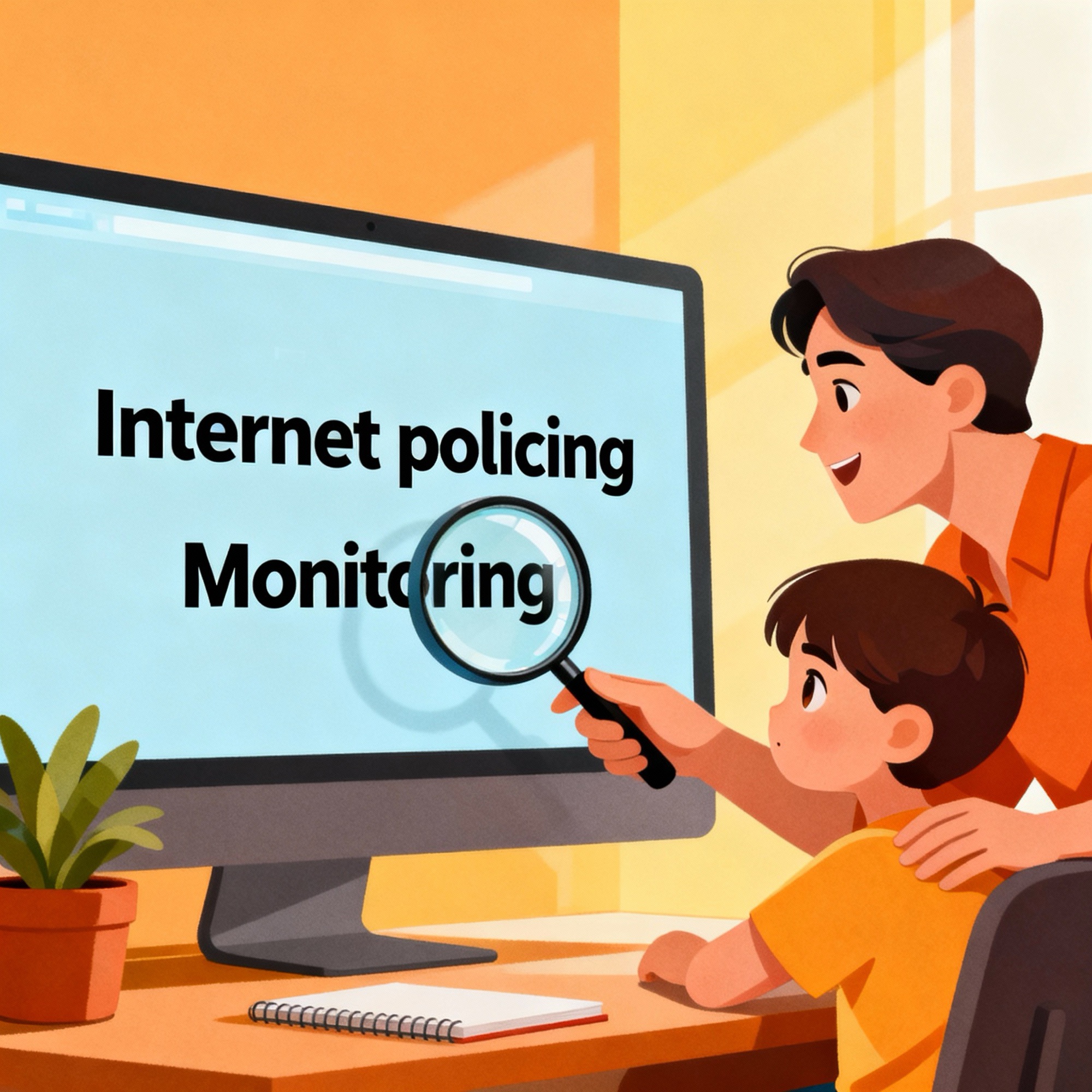
I’ve worked in tech long enough to know the internet has corners most people never see. When other parents ask me about “the dark web”, the fear usually outweighs the facts.
It sounds mysterious — secret forums, hidden sites, and illegal activity — and yes, some of that exists. But beneath the surface web we all use lies a much larger space, most of which is ordinary, private, and perfectly legal.
The trouble is, both worlds share the same architecture, and the line between “hidden” and “forbidden” isn’t always clear.
So here’s what the deep web and dark web actually are, how they work, and what parents really need to know.
The Deep Web vs. the Dark Web — what’s the difference?
The internet you use every day — Google, BBC News, online shopping — is the Surface Web. It’s searchable, indexed, and open to everyone.
Beneath it lies the Deep Web: parts of the internet that search engines can’t access. That includes private emails, subscription sites, cloud documents, school portals, and online banking.
If you’ve ever logged into anything with a password, you’ve been on the Deep Web. It’s huge, essential, and not sinister in itself.
The Dark Web is smaller and deliberately hidden. It requires special software — most commonly the Tor browser — to access.
While it was designed for privacy and free speech, its anonymity has also made it a home for illegal markets and extremist communities.
Think of the Deep Web as the locked rooms of a house, and the Dark Web as the basement where the lights are off and the doors are unmarked.
How Tor works — the gateway to the Dark Web
Tor stands for “The Onion Router”. It’s a free browser that hides a user’s location and identity by bouncing connections through multiple encrypted layers (like the layers of an onion).
That means no single server knows both who you are and where you’re going. Tor isn’t illegal; journalists, whistle-blowers, and activists use it to communicate safely under censorship.
But the same anonymity also attracts criminal activity, from stolen data sales to illegal marketplaces.
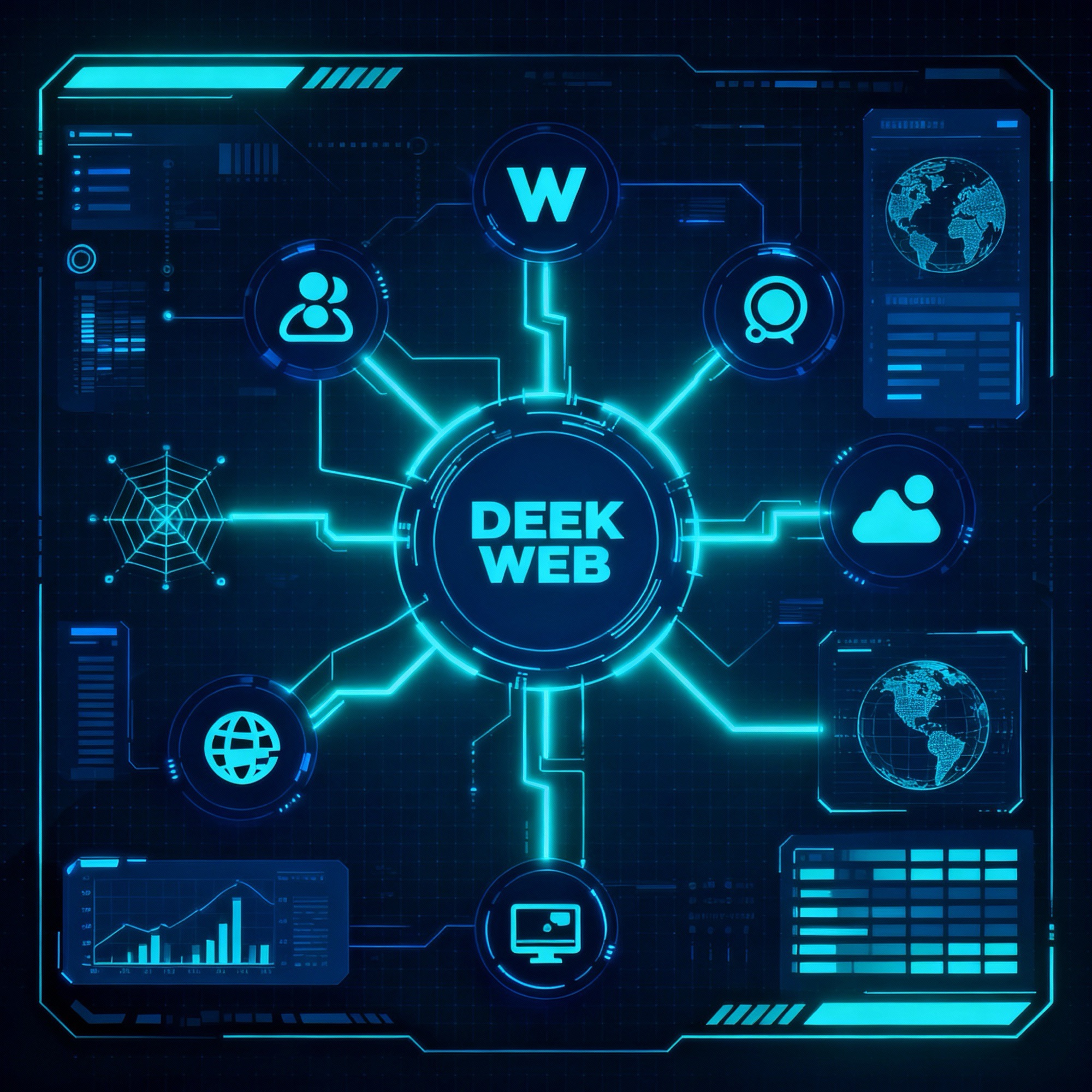
What’s actually on the Dark Web?
Contrary to myth, the Dark Web isn’t one giant criminal hub. It’s a collection of private sites with “.onion” addresses that don’t appear in Google.
Some host anonymous forums, secure messaging, or academic archives. Others host illegal content, from data leaks to drug sales.
Access is intentionally difficult, which keeps out casual browsers but doesn’t guarantee safety for the curious.

Legitimate uses you might not expect
- Whistleblowers and journalists sharing sensitive information safely.
- Citizens accessing information censored in their own countries.
- Researchers studying cybersecurity threats and malware networks.
Why it’s risky — and what parents should watch for
The main danger isn’t that a child will stumble into the Dark Web accidentally — you can’t reach it without trying — but that curiosity, social media rumours, or peers may lead them to explore it.
Once there, the risks escalate quickly: exposure to disturbing material, scams, malware, or contact from strangers with hidden identities.
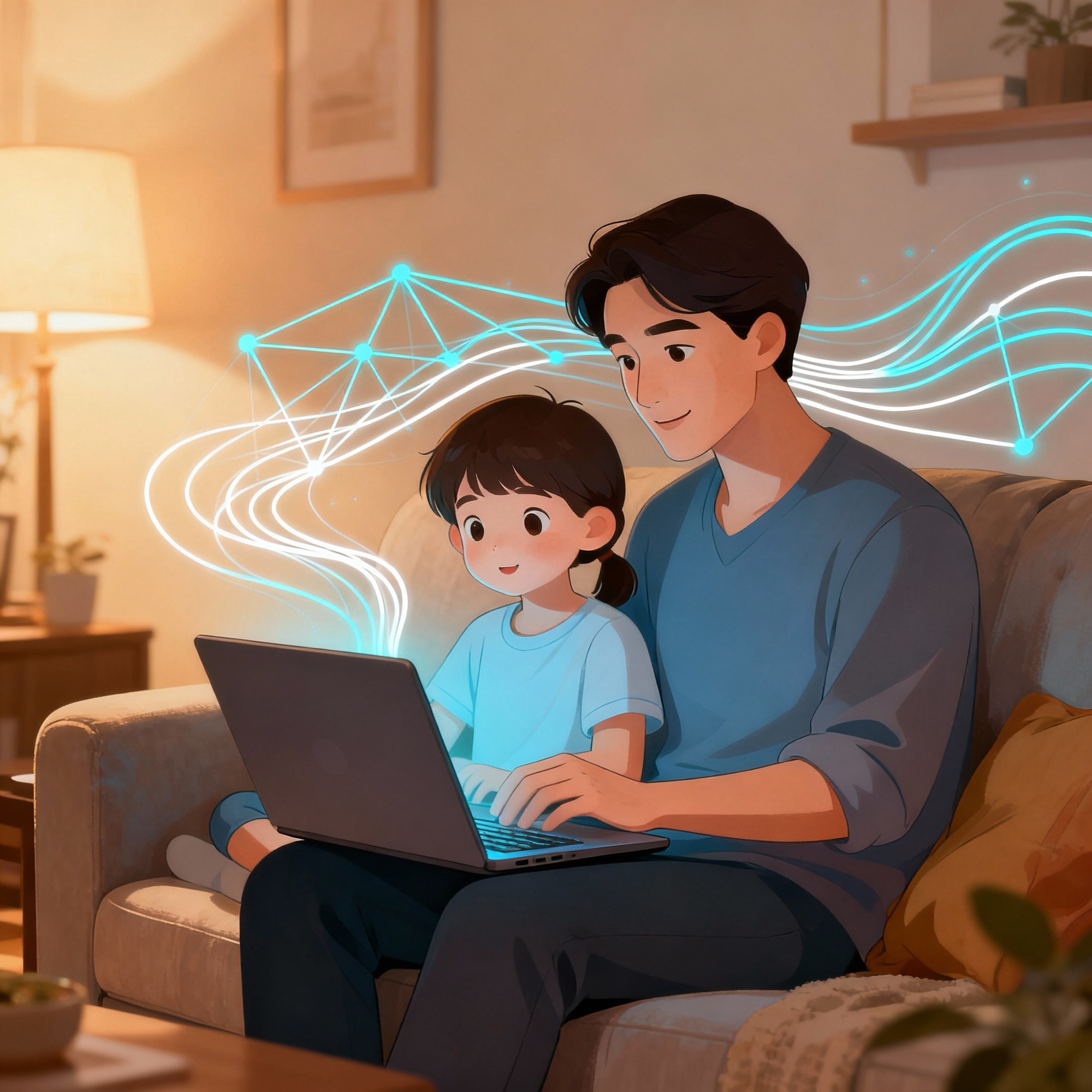
Top risks for young people
- Exposure to harmful content: violent or explicit material often hosted without moderation.
- Scams and data theft: fake “hacker tools” and downloads that hide malware or phishing scripts.
- False communities: extremist or manipulative groups using anonymity to recruit or exploit.
- Loss of privacy: once downloaded, Tor and similar tools can bypass normal parental controls.
Is the Dark Web policed?
Yes — but imperfectly. Law enforcement agencies across the world monitor Dark Web activity through specialised units. Major criminal marketplaces have been taken down by joint operations,
yet the decentralised nature of Tor means new ones reappear. It’s a digital version of whack-a-mole: each site taken down teaches others how to hide better.
For families, the key takeaway is that while the Dark Web isn’t completely lawless, it’s not a space where children or teens should ever explore unsupervised.
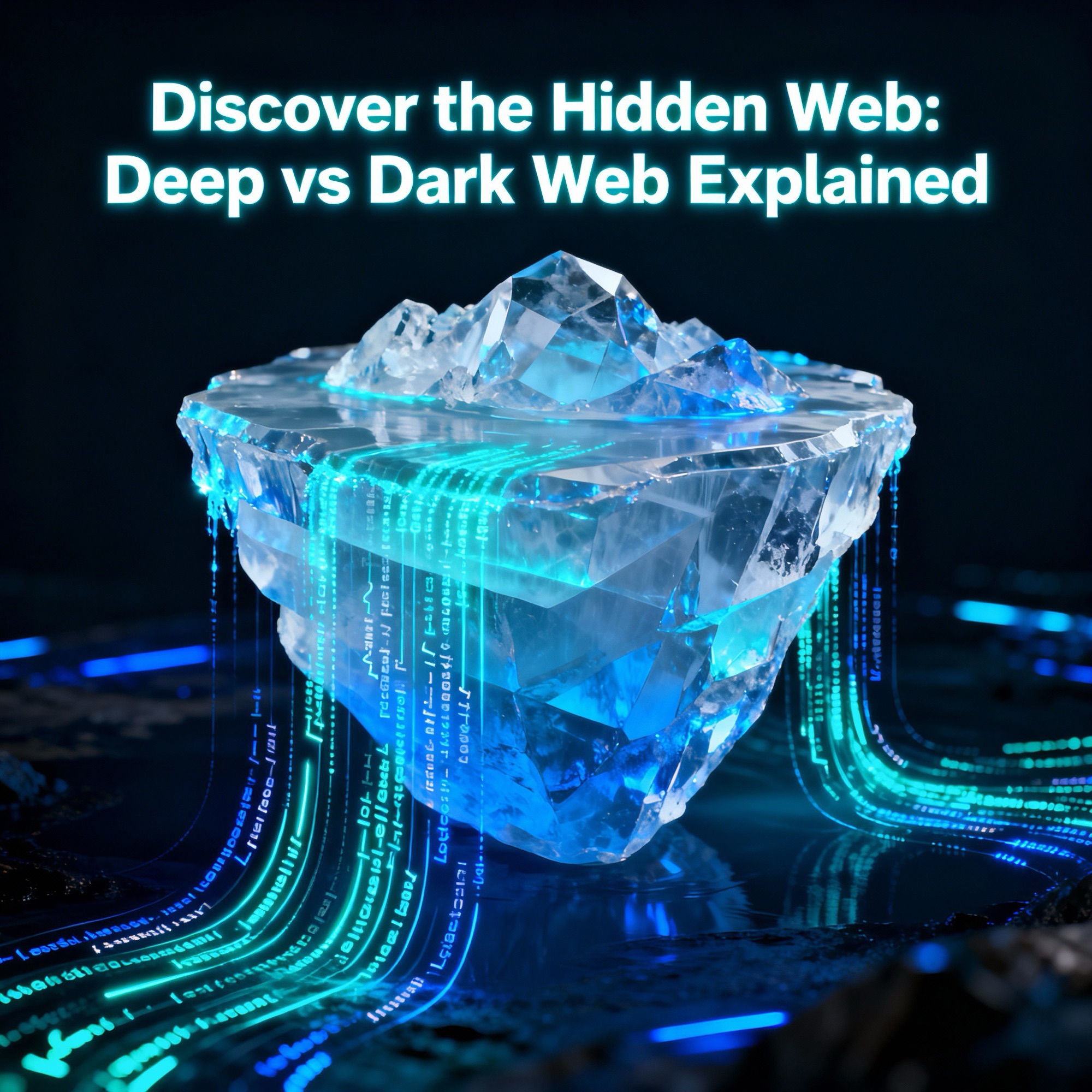
How to talk about the Deep and Dark Web with your child
The best defence is understanding. Avoid scare tactics; they often make curiosity stronger. Instead, talk about how the internet is structured and why some areas exist.
Discuss the value of privacy, but also the difference between privacy and secrecy. If your child knows what the Dark Web is — and that it’s not somewhere to “find hacks” or “look cool” —
they’re far less likely to wander into it later.

Five ways to keep the conversation calm and practical
- Explain the internet’s layers in simple terms — surface, deep, and dark.
- Reinforce that not everything hidden is bad — but much of it isn’t for kids.
- Set parental controls at device level and discuss why, not just how.
- Encourage your child to come to you if they see something worrying.
- Keep devices in shared spaces when possible — openness beats secrecy.
In the end: light beats fear
The Deep and Dark Webs aren’t monsters under the bed; they’re simply parts of a vast, human-built network. The technology that enables privacy can be used for both protection and harm.
The difference lies in intent, understanding, and communication. For parents, the goal isn’t to lock every digital door — it’s to make sure our children know what’s behind them and when to knock.
The more we explain, the less mysterious it feels. And the less mysterious it feels, the safer our families become online.
